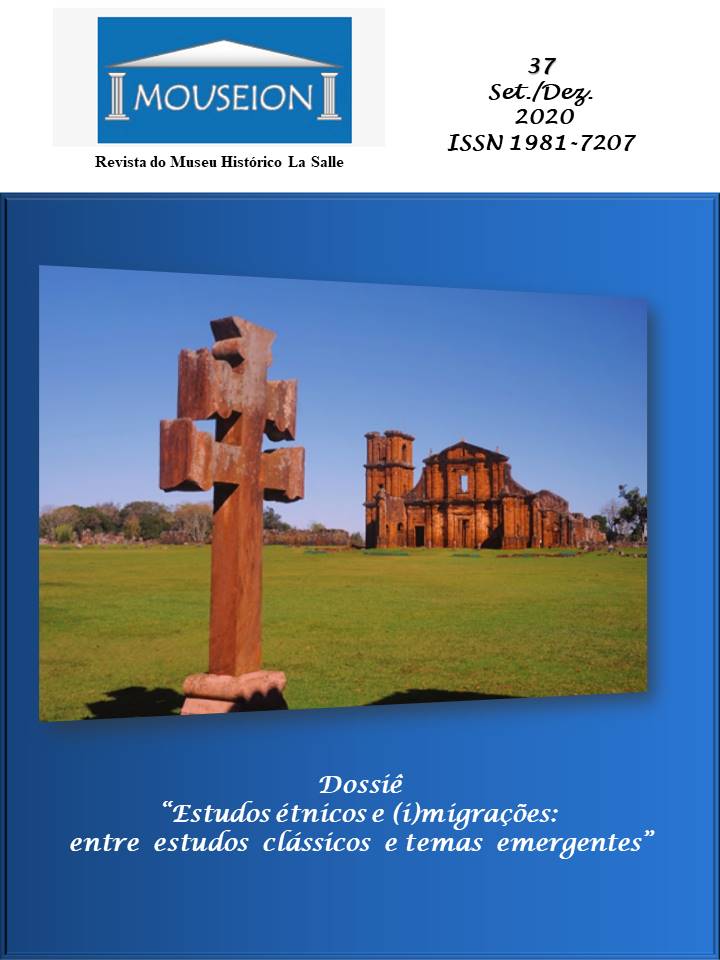Social History and Territoriality of the colonization in the North Rio-Grandense (1889-1930)
DOI:
https://doi.org/10.18316/mouseion.v0i37.7582Keywords:
Social History, Peasants, Colonization, North Rio-Grandense, First RepublicAbstract
The present study, from the perspective of Social History, problematizes the policies of colonization, land ownership and social organization in the North of Rio Grande do Sul, in the First Republic. The model of colonization, access, and land ownership adopted by the republican state of Rio Grande do Sul in the region in question inserted the immigrant/descending settler as the central element, putting him/her in contact, dispute, and conflict of interest with the landowners, mostly landowners, the squatters, the national farmers/caboclos, and the indigenous awnings. In this scenario, the State defined as a social category the “intruder”, which encompassed all those established in a land tenure without supporting documents. Therefore, it is noted that the greatest beneficiary of the period was the latifundium, which remained untouched; and the State, which acted as the central agent in the commercialization of public lands, followed by private colonization companies. The article explores the social plot that intended the State politics and the peasant society established and formed in the region.
Downloads
Published
Issue
Section
License
Authors must submit their manuscripts to be published in this journal agree with the following terms:
Authors maintain the copy rights and concede to the journal the right of first publication, with the paper simultaneously licensed under the License Creative Commons attribution that permits the sharing of the paper with recognition of authorship and initial publication in this journal.
Since the articles are presented in this journal of public access, they are of free use, with their own attributions for educational and non-commercial purposes.


